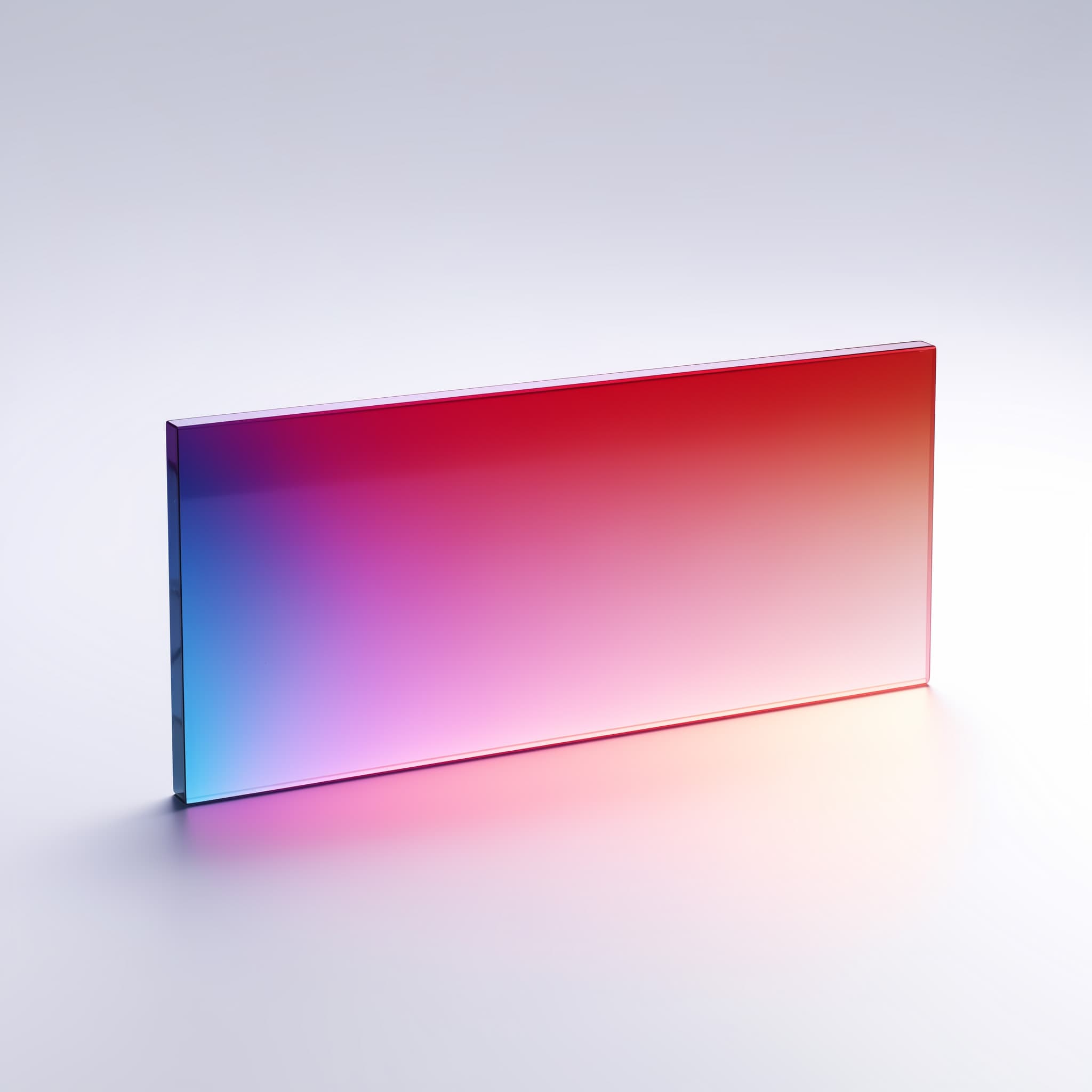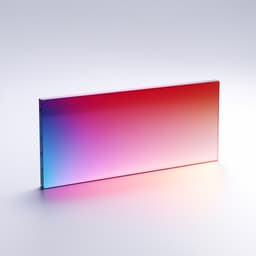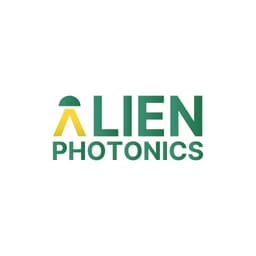


Custom Dual Band DBHR MIRRORS
Custom DBHR Mirrors can be designed for specific wavelengths and angles, various shapes, sizes and forms. These mirrors can also be optimized for maximal reflection, LIDT or other characteristics.
Estimated Shipping Date: January 27, 2026 - February 10, 2026
* - Shopping cart pricing is based on the most recent pricing and it is NOT ORDERING, but requesting an official quotation which should typically reach You within 1-2 business days.
- Characteristics
- Popular Wavelengths
Typical Characteristics of Custom Laser Line (HR) mirrors
Typically Custom DBHR Mirrors (unless otherwise specified in offer) are manufactured with bellow specifications. However, due to constant improvements, all parameters are subject to change. Please, treat contents of this table as guidelines, these characteristics can be changed based on your needs. Just let us know !
| Characteristics | Typical Value |
|---|---|
| Substrate Characteristics | Value |
| Substrate material | UVFS |
| Diameter tolerance | +0.0 / -0.15 mm |
| Thickness tolerance | ±0.1 mm |
| Protective chamfers (bevels) | 0.25 mm x 45° |
| Flatness | λ/8 @ 632.8 nm (per C.A.) |
| Surface quality | 20-10 S-D (acc. to MIL-PRF-13830B) |
| Coating Characteristics | Value |
| Clear Aperture (C.A.) | >85% (per C.A.) |
| Group Delay Dispersion (GDD) | Optimization available upon request |
| Laser Induced Damage Threshold (LIDT) | >5 J/cm² @ 1064 nm, 10 ns, 10 Hz |
| Certificates | Availability |
| Certificate of Conformance (COC) | Yes. Available upon request. |
| RoHS | Yes. Available upon request. |
| Conflict minerals | Yes. Available upon request. |
Custom Dual Band (DBHR) Mirrors for UV, VIS, NIR, IR solid state, fiber and other types of lasers
Alien Photonics offers various wavelength combinations of DBHR mirrors. Some of the most popular combinations of wavelengths for dual band DBHR mirrors can be found bellow:
UV-VIS-NIR dual band mirrors
| DBHR combination | Application |
|---|---|
| 800 + 400 nm | Femtosecond pulse generation using Ti:Sapphire DBHR mirror. |
| 1064 + 532 nm | Raman spectroscopy using Nd:YAG DBHR mirror. |
| 515 + 343 nm | Precision micro-marching with Yb:YAG DBHR mirror. |
| 1550 + 980 nm | In fiber optic-based communications. |
| 1040 + 690 nm | In medical laser systems. |
| 1550 + 1310 nm | In fiber optic-based communications. |
| 515 + 488 nm | Fluorescence microscopy. |
| 980 + 808 nm | Material processing, medical treatments, fiber pumping. |
| 638 + 450 nm | Displays, where red and blue diodes are combined. |
| 248 + 193 nm | Photolithography |
| 1300 + 850 nm | Optical coherence tomography (OTC) |
| 1064 + 632.8 nm | Precision measurements and interferometry to combine Nd:YAG laser and He-Ne laser beams. |
Infrared dual band mirrors
Although not widely adopted, but also still commonly used infrared applications
| DBHR combination | Application |
|---|---|
| 2000 + 2940 nm | Medical Thulium fiber and Er:YAG lasers. 2 µm for deep tissue penetration, while 2.94 µm for ablation. |
| 2200 + 3500 nm | Tuned Cr:ZnSe laser (2.2 µm) and middle infrared fiber laser (or QCL) (3.5 µm) in sophisticated chemical analysis and spectroscopy. |
| 2080 + 4500 nm | Combine Ho:YAG and QCL lines to achieve sensing capabilities in environmental monitoring and leak detection systems. |
| 2940 + 1550 nm | Fiber and Er:YAG DBHR mirror for optimal performance in medical lasers. |
| 4600 + 2940 nm | Combination of Fe:ZnSe and Er:YAG laser lines can be beneficial in devices made for complex medical surgeries. |